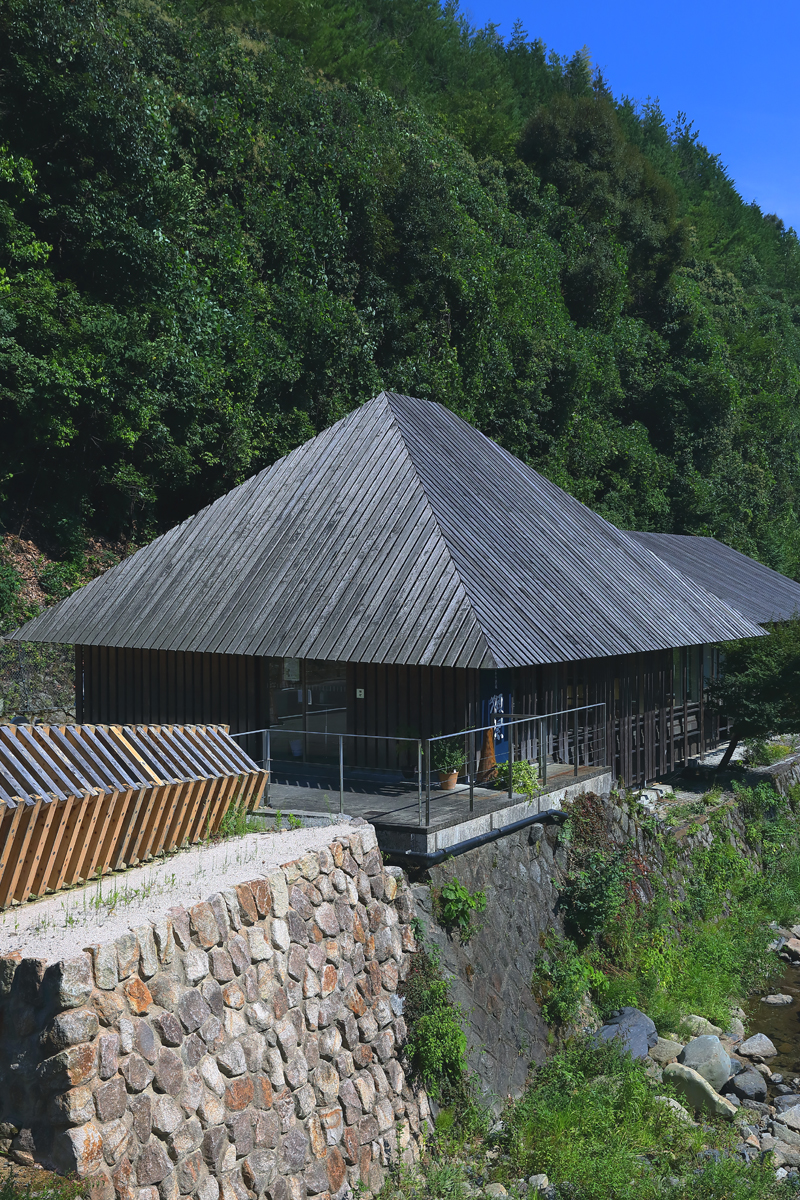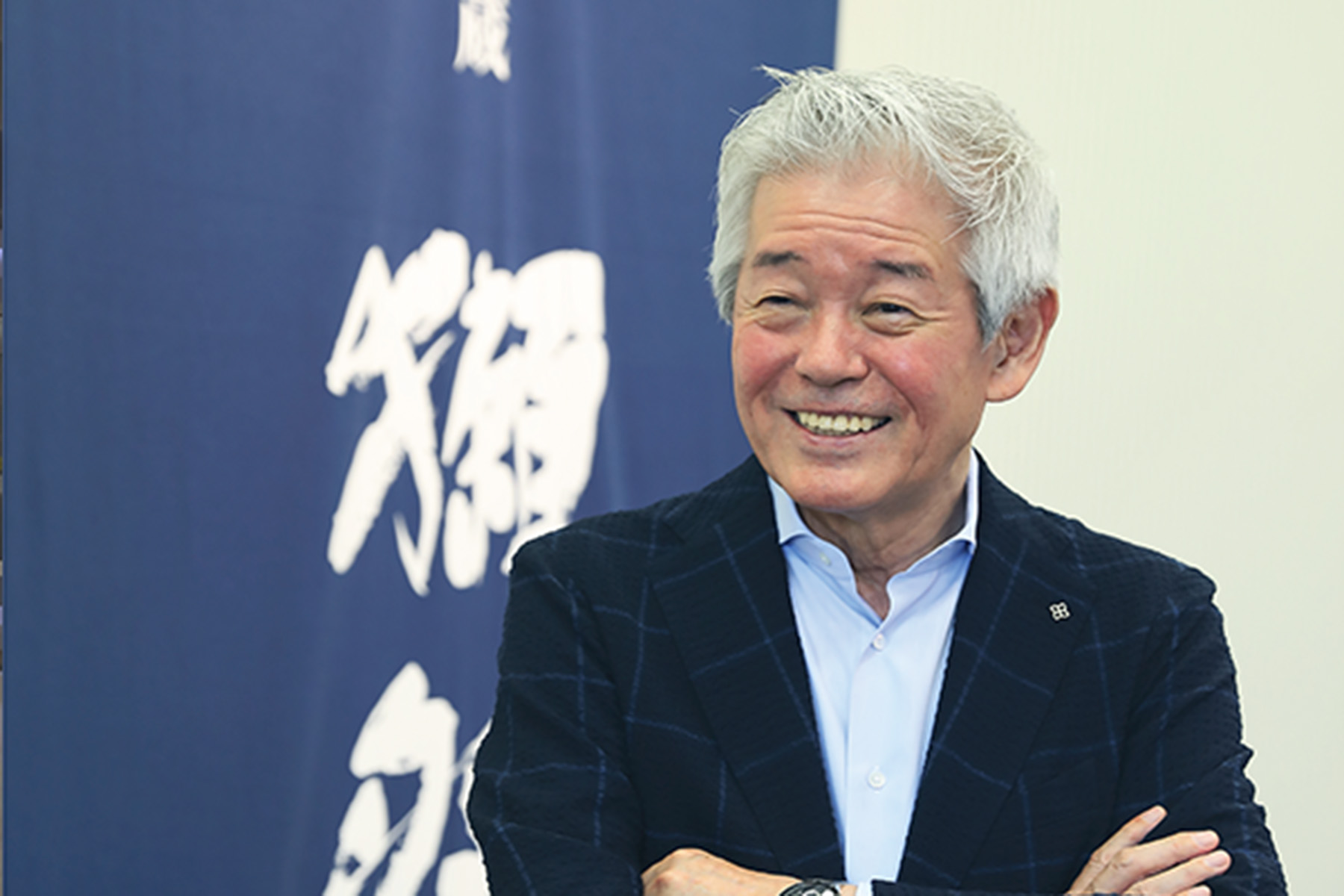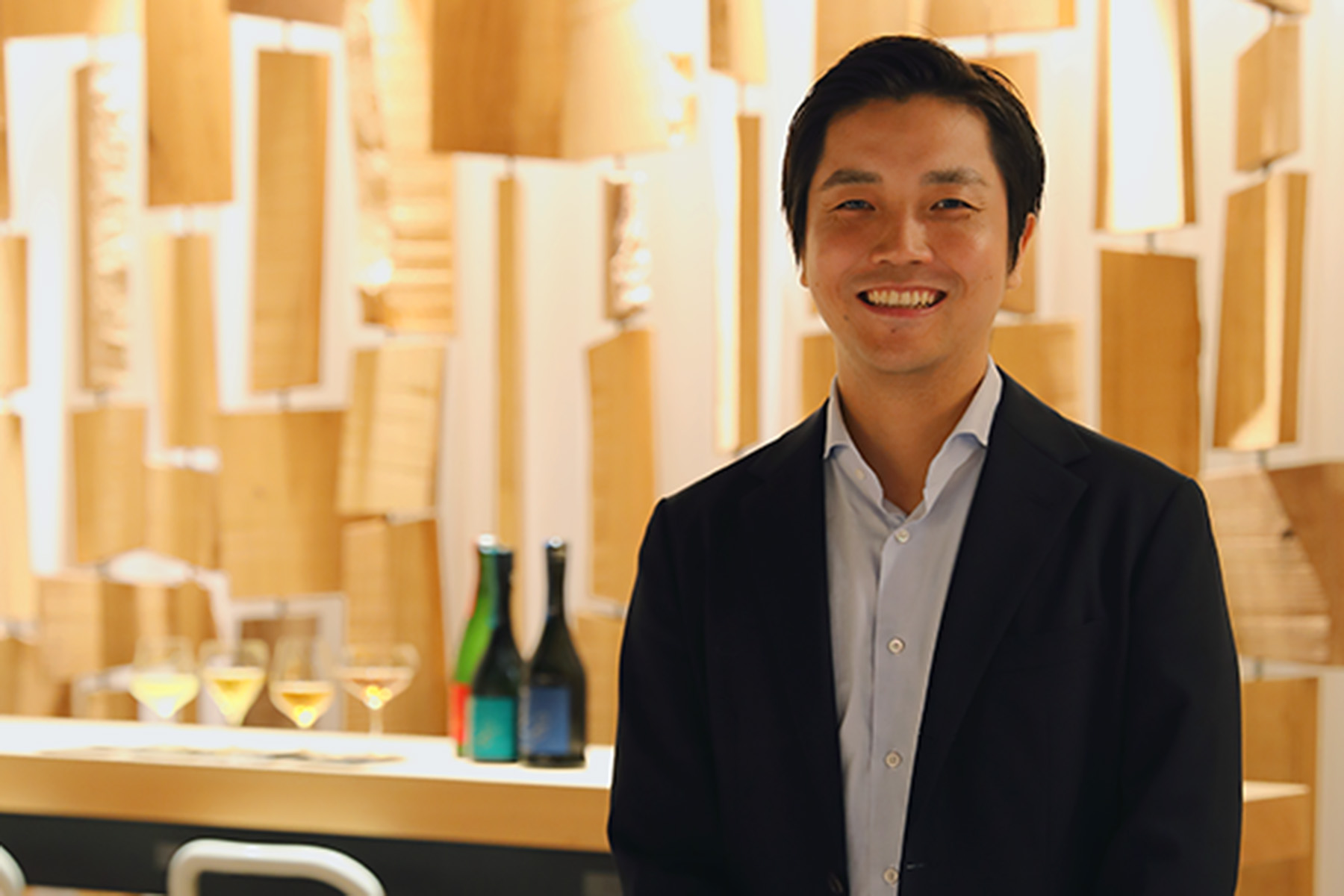世界の日本酒へ。
Feature | 2024.11.22
ビールや焼酎を飲む人も、日本酒は敷居が高いという。
銘柄が多く、純米や吟醸、本醸造な製造方法も多い。
さらに全国には約1500もの蔵があるとされ、
それぞれに違った味で、何を選んでいいかわからない。
でも、そんな日本酒が好きという人も多くいる。
おいしいだけではなく、
日本文化としての価値もあるという。
国内だけでなく、海外でも、日本酒が愛されはじめている。
For some, sake is more intimidating than beer or shochu.
With numerous brands and brewing styles—like junmai, ginjo, and honjozo—
and some 1,500 breweries nationwide,
each offering unique flavors, it’s often hard to know where to begin.
Yet, many savor this distinctively Japanese drink, not only for its taste but also its cultural value.
Sake’s appeal now extends worldwide.

獺祭の酒蔵
「ソバーキュリアス」という言葉がある。お酒を飲めるが、あえて飲まない、あるいは少量だけ楽しむというライフスタイルをもつ人を指す。そういえばコロナ禍後、アルコール離れが進んでいるとも聞く。ノンアルコールビールもいまやあたりまえで、アルコールゼロなのにどんどん進化して、まるでビールのような味になっているという、なんともややこしい状態。ヨーロッパでもワインを飲む人が減ったといい、それでは日本酒は?と思いきや、やはり飲む人が減っているという。
そんななか、日本酒の魅力を再発見しようという動きもある。料理との上手なペアリングでお互いの味がひきたつ。寒いときの熱燗、暑いときの冷酒、どちらも日本の風物詩。地方によって、銘柄によって、異なる豊かな味わい。香しく、豊潤なうまさはどこか神秘的。日本酒造組合中央会のホームページによると、平安時代(8世紀~12世紀)には、宮廷の行事用の酒を作るようになったと書かれている。日本酒は、日本の文化として根づいている。
There’s this word, “sober curious.” It refers to people who can
drink alcohol but choose not to, or to only enjoy it in small amounts.
By the way, post-pandemic, alcohol consumption has generally
declined, and there are now non-alcoholic options like
non-alcoholic beer that closely resemble the real thing. In Europe,
fewer people reach for wine, and the same is true for sake in Japan.
Even so, a movement to re-embrace sake is gaining ground.
Pairings with food bring out its best notes—hot sake in winter,
chilled in summer, each an ode to Japan’s seasons. Each region and
brand offers unique and rich flavors, inviting exploration.
According to the Japan Sake Brewers Association, sake has been
woven into Japan’s culture since the Heian period (8th–12th
century), when it was crafted for imperial ceremonies.
Now, the world is taking notice. Dassai, a beloved sake brand, has
a brewery in New York, and appreciation for sake continues to grow
in Europe. Even French cinema legend Gérard Depardieu chairs a
sake appreciation society.
As sake garners international acclaim, Japan, too, is re-evaluating
this traditional drink. Japanese whiskey saw a similar resurgence,
with brands like Yamazaki and Hibiki skyrocketing in popularity
and price.
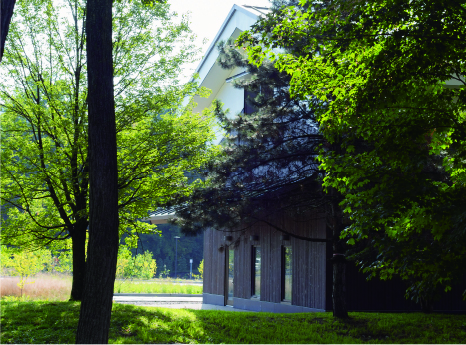
獺祭ブルー酒造
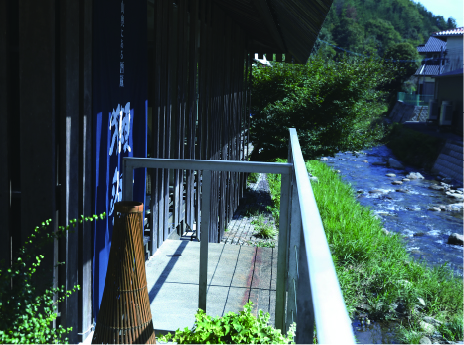
獺祭の酒蔵
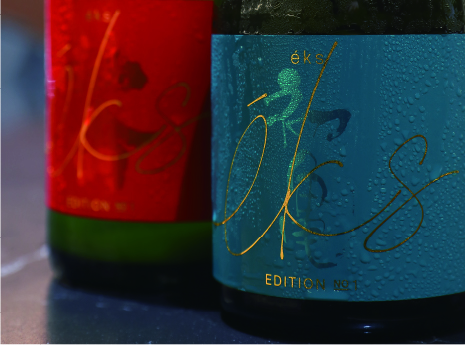
JAPAN CRAFT SAKE COMPANY


JAPAN CRAFT SAKE COMPANY
そんな日本酒はいま、海外でも注目されている。日本を代表する日本酒「獺祭」はニューヨークに酒蔵をもち、ヨーロッパでも日本酒人気は高まっている。そういえばフランスの名優、ジェラール・ドパルデューは日本酒愛好家団体の会長をしていた。
日本酒は海外を目指す、そうするうちに日本でも見直す人がでてくる。ウイスキーもあるとき突然、国内外でブームになり、「山崎」や「響」が高騰した。
お酒を飲まない人がいてもいい。でも酒飲みがいるのも楽しい。飲んで、喋って、たまに歌って。そういえばそろそろ忘年会のシーズン。今年は日本酒で盛り上がってみるのもいいかもしれない。
It’s fine if you don’t drink sake. But it’s also fun to have drinkers around. Drinking, chatting, and singing at times. With year-end celebrations approaching, perhaps this season is the perfect time to toast with sake.

閲覧中の特集はこちら
